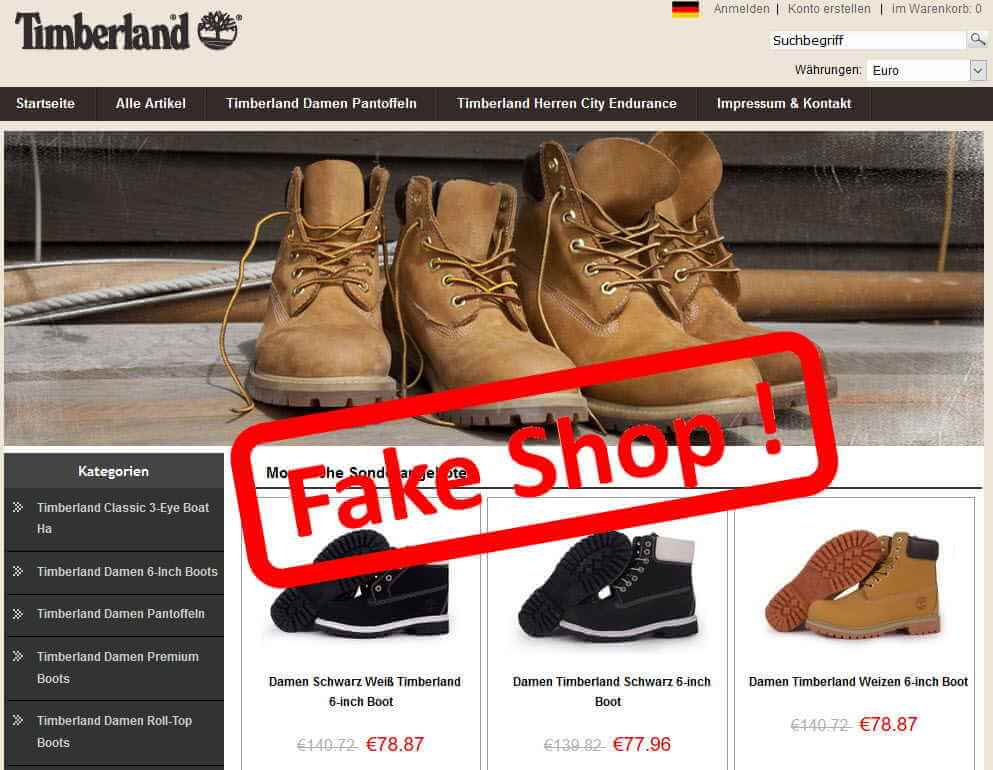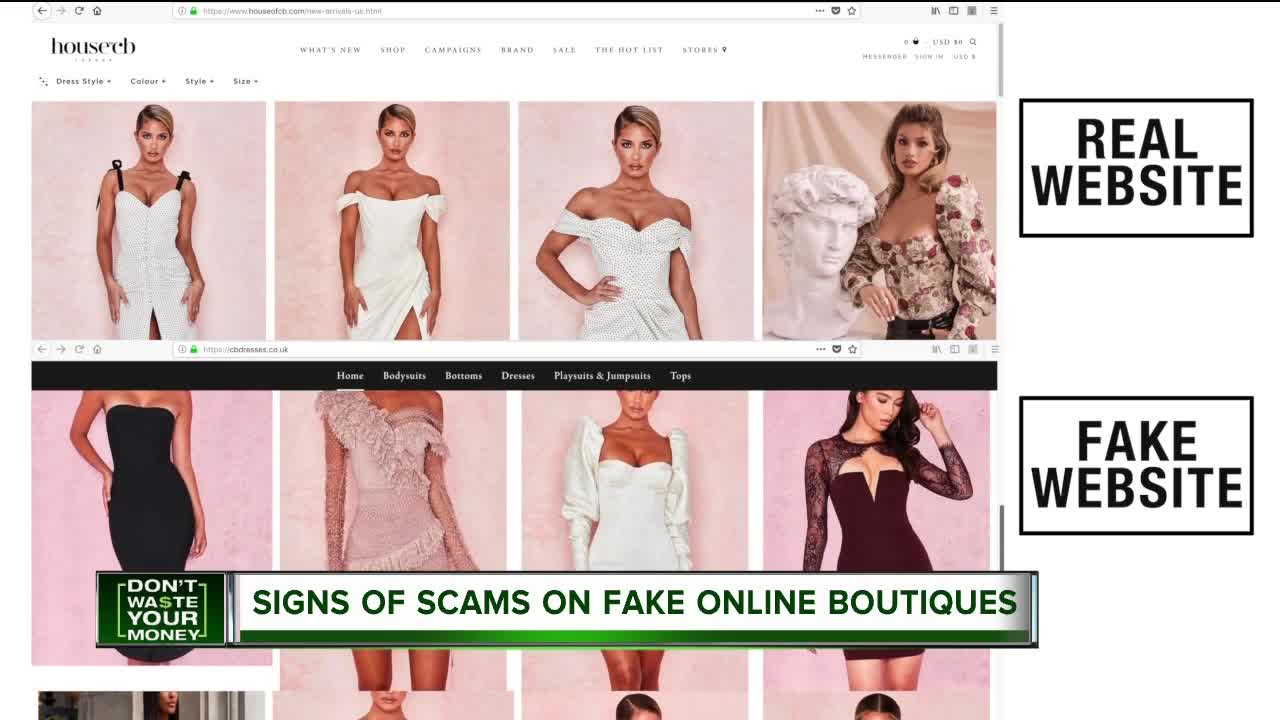How to spot fake online shopping websites is crucial knowledge for anyone looking to shop confidently online. With more people turning to e-commerce for convenience, the threat of fake shopping sites has grown, putting both your money and personal information at risk. Learning to quickly recognize the warning signs of a fraudulent site can make a major difference in keeping your shopping experience safe.
Fake online shopping websites have become more sophisticated, often mimicking real brands and offering deals that seem too good to be true. These sites can steal your payment details, deliver counterfeit goods, or simply not send your order at all. By paying attention to website design, domain information, payment options, contact details, and customer reviews, you can protect yourself and shop online with greater peace of mind.
Introduction to Fake Online Shopping Websites
The explosion of e-commerce in recent years has made online shopping more convenient, but it has also paved the way for an increasing number of fake shopping websites. These fraudulent platforms are designed to trick unsuspecting shoppers into handing over money or sensitive personal information, without delivering genuine products or services.
Fake online shopping sites pose significant risks to consumers. Falling for such scams can lead to financial loss, identity theft, and unauthorized use of personal details. The motives behind these websites range from outright theft, phishing for personal data, to the distribution of malware. Understanding the landscape and intentions behind these sites is the first step toward protecting yourself as a digital consumer.
Risks Associated with Fraudulent E-commerce Platforms

Shoppers who land on fake sites may face numerous threats. These include losing money on non-existent goods, receiving counterfeit or substandard products, or having their credit card information stolen for further fraudulent activity. In some cases, just visiting a fake site can result in malware being installed on your device.
Common Motives Behind Fake Retail Websites
- Stealing payment information, such as credit card numbers.
- Phishing for personal and address details for identity theft.
- Spreading malware through fake downloads or infected images.
- Collecting email addresses for spam and additional scams.
“If a deal or website looks too good to be true, it’s worth double-checking every detail before buying.”
Warning Signs of a Fake Online Shopping Website
Detecting a fraudulent website isn’t always straightforward—many are carefully crafted to mimic legitimate stores. Knowing what to look for can reduce your risk dramatically. Some warning signs are immediately obvious, while others are subtle and require a closer look.
| Sign | Description | Example | Impact |
|---|---|---|---|
| Unrealistic Discounts | Prices significantly lower than market value. | Brand-name sneakers for $20. | Lures shoppers to share payment info. |
| Poor Website Grammar | Frequent spelling and grammar mistakes. | “We ship immediatly to you adress!” | Indicates lack of professionalism or foreign scam origin. |
| Missing Contact Details | No phone number, address, or customer service info. | Only a generic email form available. | Makes it impossible to reach the business after purchase. |
| Non-Secure Connection | Website does not use HTTPS or SSL certificate. | Browser shows “Not Secure” warning. | Increases risk of stolen payment info. |
| Copied Product Images | Low-quality or watermarked photos reused from other sites. | Images look pixelated or inconsistent across pages. | Suggests the site isn’t selling its own inventory. |
Subtle Warning Signs to Consider, How to spot fake online shopping websites
Sometimes, fake sites go to great lengths to appear legitimate, making it challenging for the average user to spot red flags. Always check for minor inconsistencies, such as payment options that seem out of place, URLs with unusual endings, or customer reviews that seem overly generic or duplicated.
Analyzing Website URLs and Domain Information
Scrutinizing the URL and domain information of a shopping website is a critical step in verifying its legitimacy. Fraudulent sites often use lookalike domains or strange extensions to trick shoppers.
Evaluating Website URL Authenticity

Always inspect the entire URL of an online store before making a purchase. Look for subtle misspellings, extra dashes or characters, and domain names that closely resemble those of popular brands. Secure websites almost always use “https” at the beginning of the URL.
Comparing Secure and Suspicious Domain Extensions

Domain extensions can offer clues about a site’s authenticity. Here’s a comparison of common domain endings and what they may indicate:
| Domain Extension | Typical Use | Security Level | Fraud Risk |
|---|---|---|---|
| .com, .co.uk, .net | Commercial, mainstream sites | Generally high (if established) | Lower (but not immune) |
| .shop, .store, .online | Newer, e-commerce-focused | Moderate (case-by-case) | Moderate to high (often abused) |
| .xyz, .top, .info | Less regulated, often cheap | Lower | High (frequently used by scammers) |
| .org | Supposed to be for organizations | Moderate | Low to moderate (misused sometimes) |
Using WHOIS Tools to Check Domain Information
A WHOIS lookup reveals details about when a domain was registered, who owns it, and when it expires. A brand-new domain or one registered anonymously can signal a scam. Reputable businesses usually have older domains with transparent ownership details. Sites like ICANN WHOIS or Whois.com can provide this information for free.
Checking Website Design and Content Quality: How To Spot Fake Online Shopping Websites
A well-designed, professional website is typically a sign of a legitimate business, but even scammers sometimes invest in appearances. However, fake shopping sites often feature sloppy design, broken links, and poor-quality content.
Importance of Design and Error-Free Content
First impressions matter. If a site looks hastily made, with mismatched colors, missing images, or awkward layouts, it’s a strong indicator of fraud. Consistency and clarity in design and text signal a real investment in the business, which scammers rarely commit to.
Common Elements of Fake Sites
- Poor grammar and spelling mistakes in product descriptions or policies.
- Low-resolution or missing images, sometimes with visible watermarks from other websites.
- Broken navigation links or pages that lead nowhere.
- Overly generic or plagiarized “About Us” and FAQ sections.
- Lack of brand consistency, like logos that change or look pixelated.
Content Quality Indicators to Watch For
- Professional, clear product photos and accurate product descriptions.
- Updated copyright date and detailed terms and conditions.
- Responsive design that works well on both desktop and mobile.
- Unique content written specifically for the site (not copy-pasted from elsewhere).
Last Point
Staying alert and informed is your best defense against fake online shopping websites. By following the steps and tips discussed, you can spot suspicious sites before trouble strikes and ensure your personal and financial details stay safe. Remember, a little caution goes a long way when you’re browsing for the best deals online.
Key Questions Answered
What should I do if I already made a purchase on a fake shopping website?
Contact your bank or credit card company immediately to block the transaction and report the fraud. Also, change your passwords and consider reporting the website to relevant authorities.
Are all new online shopping websites fake or risky?
No, not all new sites are fake, but newly registered domains with little to no information are riskier. Always check for reviews, secure payment methods, and complete company details before purchasing.
Is it safe to shop on websites that only accept bank transfers?
It’s generally not safe, as legitimate sites usually offer secure payment options like credit cards or trusted payment gateways. Bank transfer only is a common red flag for scams.
Can fake websites have HTTPS and a padlock symbol?
Yes, scammers can use HTTPS and display a padlock, so you should check other site features as well. HTTPS alone does not guarantee legitimacy.
How can I check if customer reviews on a website are real?
Look for reviews on independent platforms, check for repetitive language or overly positive feedback on the website, and see if reviewer profiles seem authentic and active elsewhere.